Having debt has always been a bit of a taboo topic. It is commonly thought that if you had any other debt, besides your socially accepted mortgage loan and car loan, you had somehow mismanaged your funds in some ways. In fact, you probably lack good financial sense altogether. However, this is not always the case. Not all loans are negative and not all loans are positive. As a matter of fact, there is such a thing as good debt and bad debt. Here’s what you need to know.

Free_styler/shutterstock.com
What Is Debt?
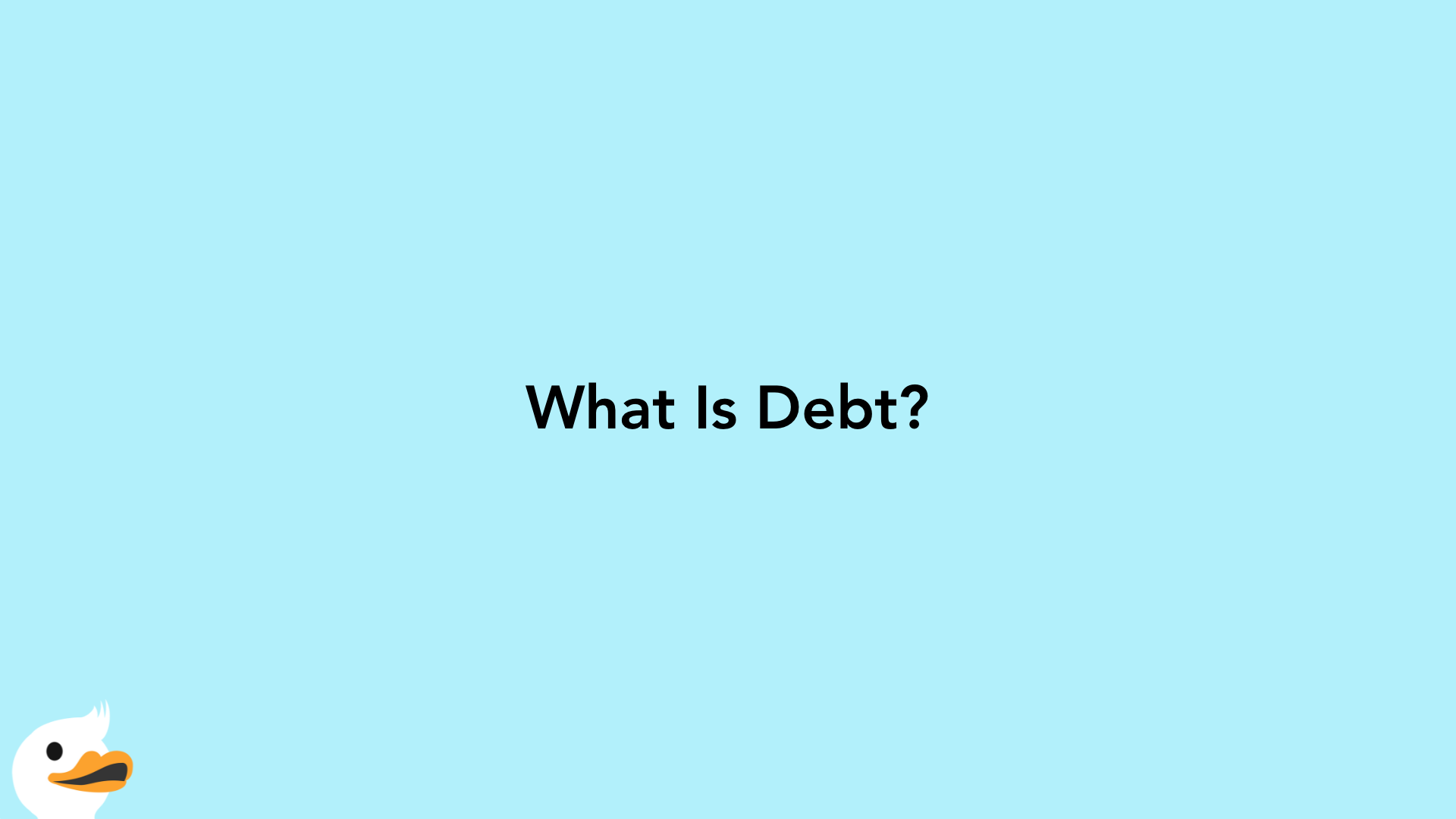
In the most basic form, debt is something that is owed by one party from another. In finance, debt is usually a large amount of money that is borrowed with the understanding that the borrowing party will return the money at a later date, usually with added interest.
What is bad debt?
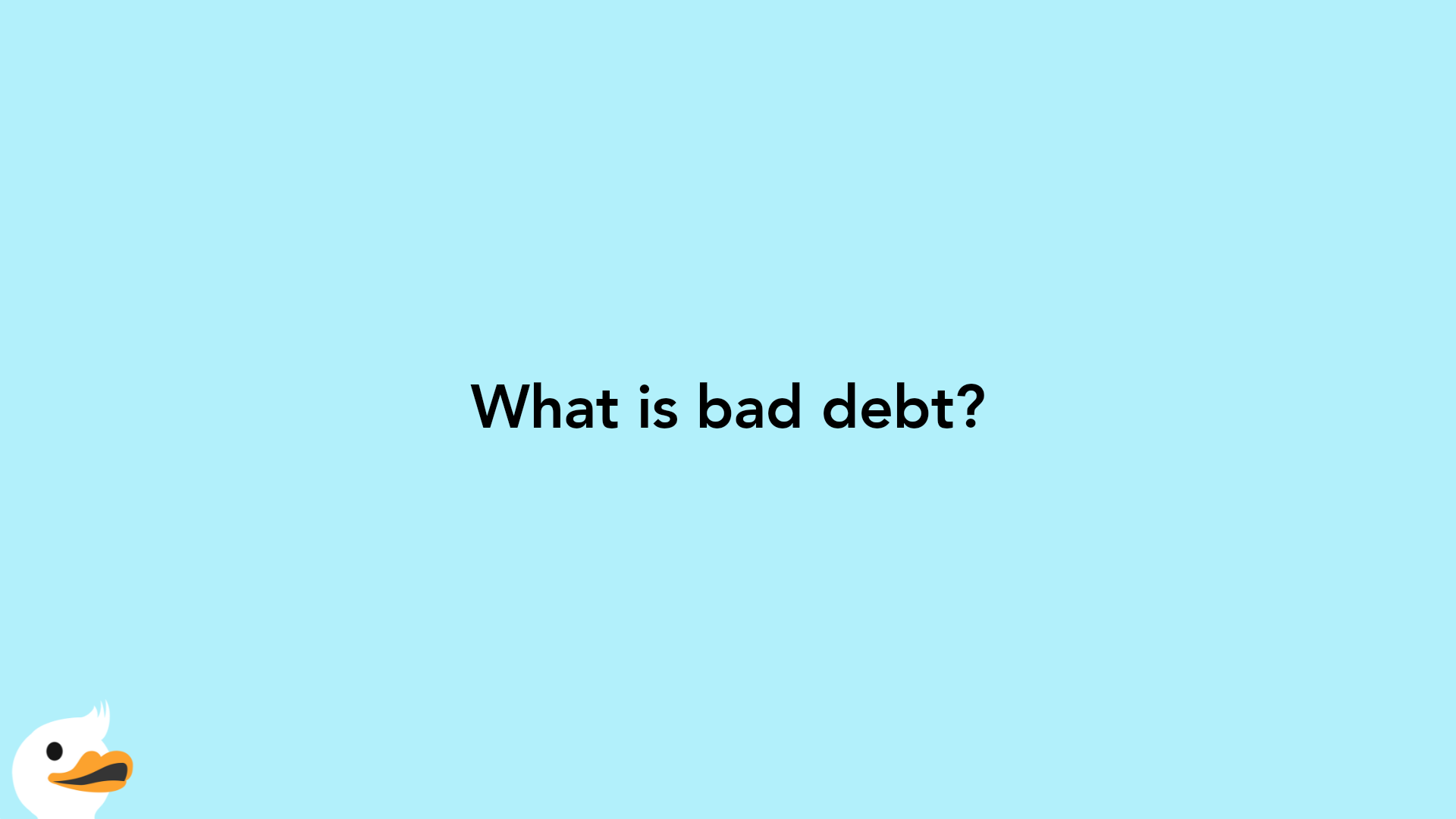
Bad debt is the horror stories of people with huge credit card bills. They max out their credit cards and continuously roll their debt. Bad debt is money that you owe, in the form of loans or credit card bills, that is beyond what you can manage and often have high interest rates.
Furthermore, even if you can manage it, if the loan or debt does not produce any future financial return, it is also considered “bad debt.”
What Are Examples Of Bad Debt?
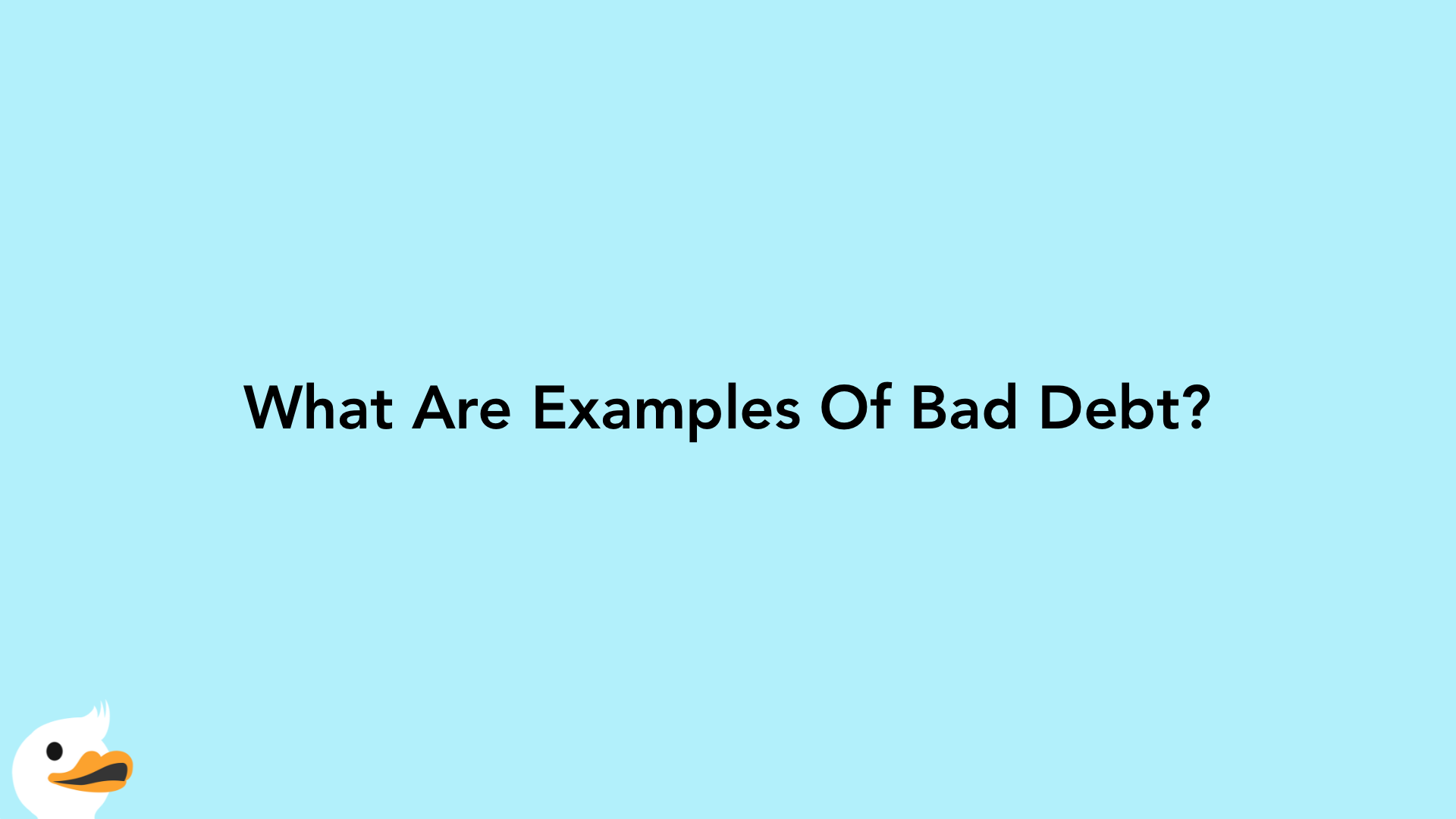
The most general form of bad debt is when you spend on things you cannot afford and then pay interest on the outstanding balance. This includes going on extravagant vacations or borrowing money to support a lavish lifestyle, such as that very expensive flat screen TV.
According to the more refined definition of "bad debt," any loan that does not increase your income in the future, in other words, give you a return for your investment, is also “bad debt.” Many would say that a “car loan,” though socially accepted to have, is bad debt. Despite being a secured loan because the car is the collateral asset, they still depreciate or lose their value over time, and very quickly. In fact, a new car depreciates almost immediately after you drive it off a dealer’s lot. As a result, most people will never turn a profit by selling their car.
Similarly, any personal loan that is not an investment to make you money in the future is categorized as “bad debt.” This is particularly true if the purpose of the loan is vague and long-term. You are paying the loan back with interest with no clear purpose on how it will pay you back later.
What Is Good Debt?
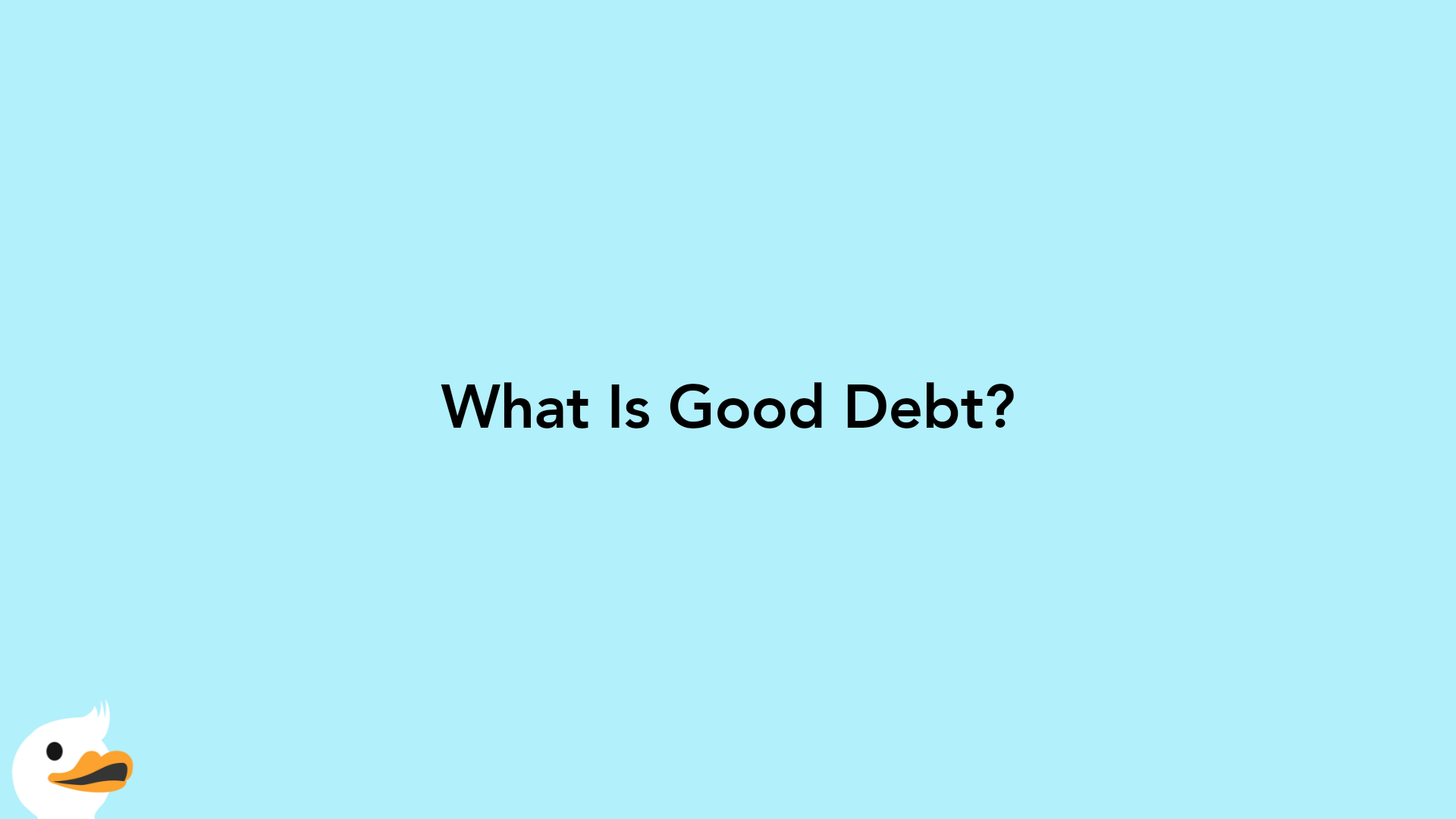
Good debt is when you take out a loan as an investment. You have a specific well-thought-out plan on how this investment will grow in value or generate long-term income. One common form of good debt is a student loan or education loan. You are investing in a person by building their skills. Ideally, this education will help the person get a better paying job and become more marketable, essentially growing in value and potentially receiving a higher salary or income.
Similarly, a mortgage loan, if you can afford it, is good debt. You are investing in property, as opposed to renting, which is simply lost money. Usually, home values rise and you will see a return on your asset whenever you decide to sell. Additionally, if you take out a renovation loan to make home improvements, you are also increasing the value of your home. As a result, the home renovation loan is also good debt because it is an investment for whenever you decide to sell.
Following this definition of good debt, a car loan can be good debt if it fulfills a certain business purpose. For example, if you purchase a vehicle as a necessary expense to get to work or as part of your business, it is generating income. Unfortunately, it is still difficult to justify the cost of a new vehicle against how much wealth it can actually generate. Besides, an auto loan may be unnecessary debt because vehicles can be paid for in cash with careful planning and saving.
In theory, a business loan is a good debt. If you are borrowing money to start a business, your long term goal is to generate profit. Of course, this is with the optimistic view that your business will be successful. Be sure to have a well-thought-out business plan before pursuing such a loan. A get-rich-quick scheme does not fit this description. First, these schemes have difficulty finding a lender and second, they a higher chance of failing. A failed business is obviously bad debt. Likewise, if you borrow capital to expand your current business, such as to hire more employees or pay for marketing, this would be good debt because the money is used with the purpose of generating more business. Of course, a business owner would need to critically evaluate the "needs" and "wants" of the business before choosing to expand.
How To Manage Debt?
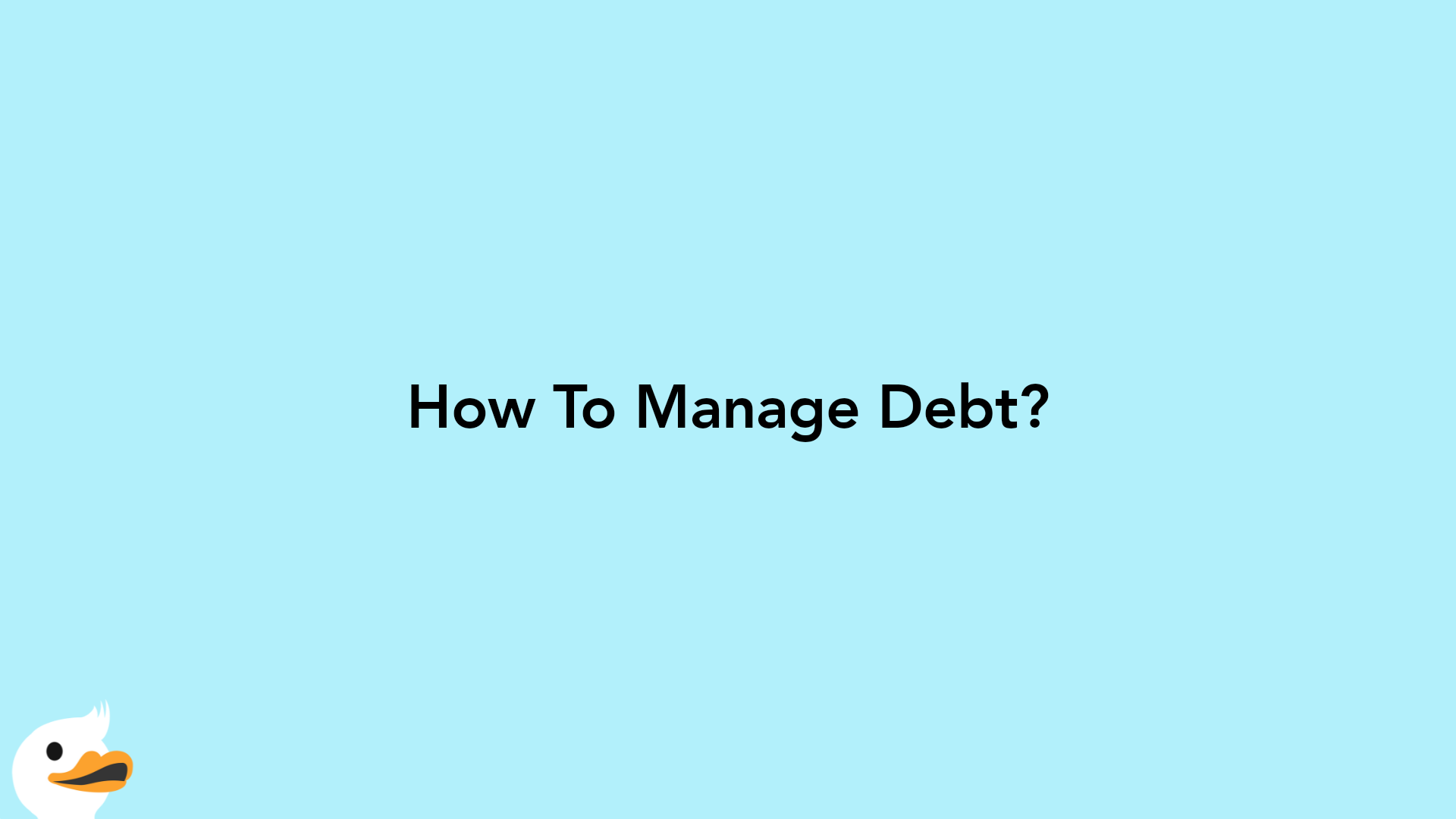
Tip 1: Manage Your Credit Card Debt - DIY Debt Consolidation Plan
One of the big disadvantages of debt is the interest rate that is tacked on to the unpaid outstanding balance. As a result, credit card debt is the most common form of bad debt because of its incredibly high interest rates. One option is to take out a low-interest personal loan or a DIY Debt Consolidation Plan. This does not make your debt go away but rather gives you a structured way to pay it back and hopefully save you in interest in the long run. If you use your personal loan to pay off all your credit card bills, you can then focus on simply repaying your personal loan once a month. This strategy only works if you don’t take out more credit cards during this time and you find a personal loan with a lower interest rate than what your credit cards charge.
Tip 2: Manage Your Credit Card Debt - Snowball Payment Method
The Debt Snowball Method is a debt reduction strategy. Under this method, you pay off debts in order of smallest to largest. Essentially, your repayments "snowball" and get larger as your debts get larger. When the smallest debt is paid in full, you roll the money you were paying on that debt into the next smallest balance. First, list your debts from smallest to largest, excluding your mortgage. Then, make minimum payments on all your debts, except the smallest. Pay the most you can afford to on your smallest debt. Repeat this until the smallest is paid off and then repeat this process with the next smallest debt. With the next smallest debt, you would pay what you were paying from the first debt and add the minimum payment amount. Here is when your repayment has begun to snowball and you are building repayment momentum. Once you have repaid the second smallest debt, you would take that amount plus the minimum payment on the third smallest debt, and put it towards your third smallest debt, and so on. You are eliminating your debt one at a time, and building momentum as you do so!
Tip 3: Paying Off Your Car Loan Early
Similar to paying off your credit card debt, the goal is to pay as little as you can in interest. If you have a car loan, and it is financially possible, you should consider paying off your car loan early. This may incur early settlement penalties because this would also reduce the bank’s profit. As a result, be sure to weigh the penalties against how much you will save by paying off your car loan early. A few options to do this is by paying your monthly payment every two weeks, rounding your payments up to the nearest S$50, or make one large extra payment per year. Any of these methods will result in paying off your car loan early and saving on the interest payments.
Tip 4: Paying Off Your Mortgage Loan Early
Similar to paying off your car loan early, you can also pay off your mortgage loan early. Of course, first, check with your bank to weigh the early settlement penalties against what you will save on interest. A few options include biweekly mortgage payments, making an extra house payment each quarter, or refinancing your mortgage loan to get a shorter loan tenure. By using all your disposable income to get out of debt quicker, you are increasing the equity in your home at a faster rate.
Final Thoughts

Loans can be good and bad for you. It truly boils down to what you can afford and the purpose of your loan. It is always advisable to pay as little interest as possible and get out of debt as quickly as possible. Before taking out a loan, consider if it is truly an investment and how your loan will generate future income. Remember, that new handbag or piece of jewelry may be attractive, but it is not worth going into debt over. Only buy what you can afford, especially if it has no future monetary return. May your loans always be a financial investment and not a financial burden!






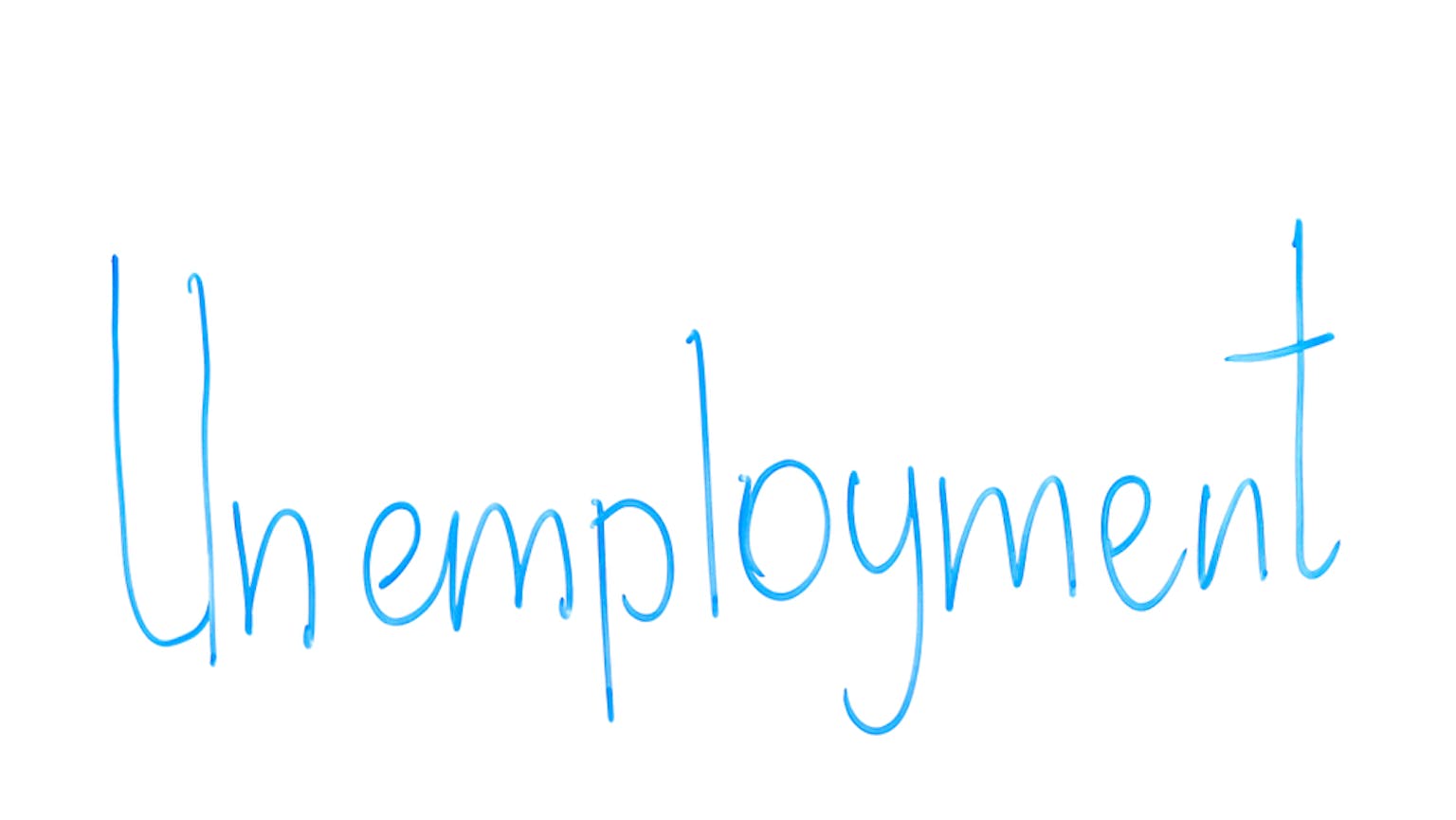
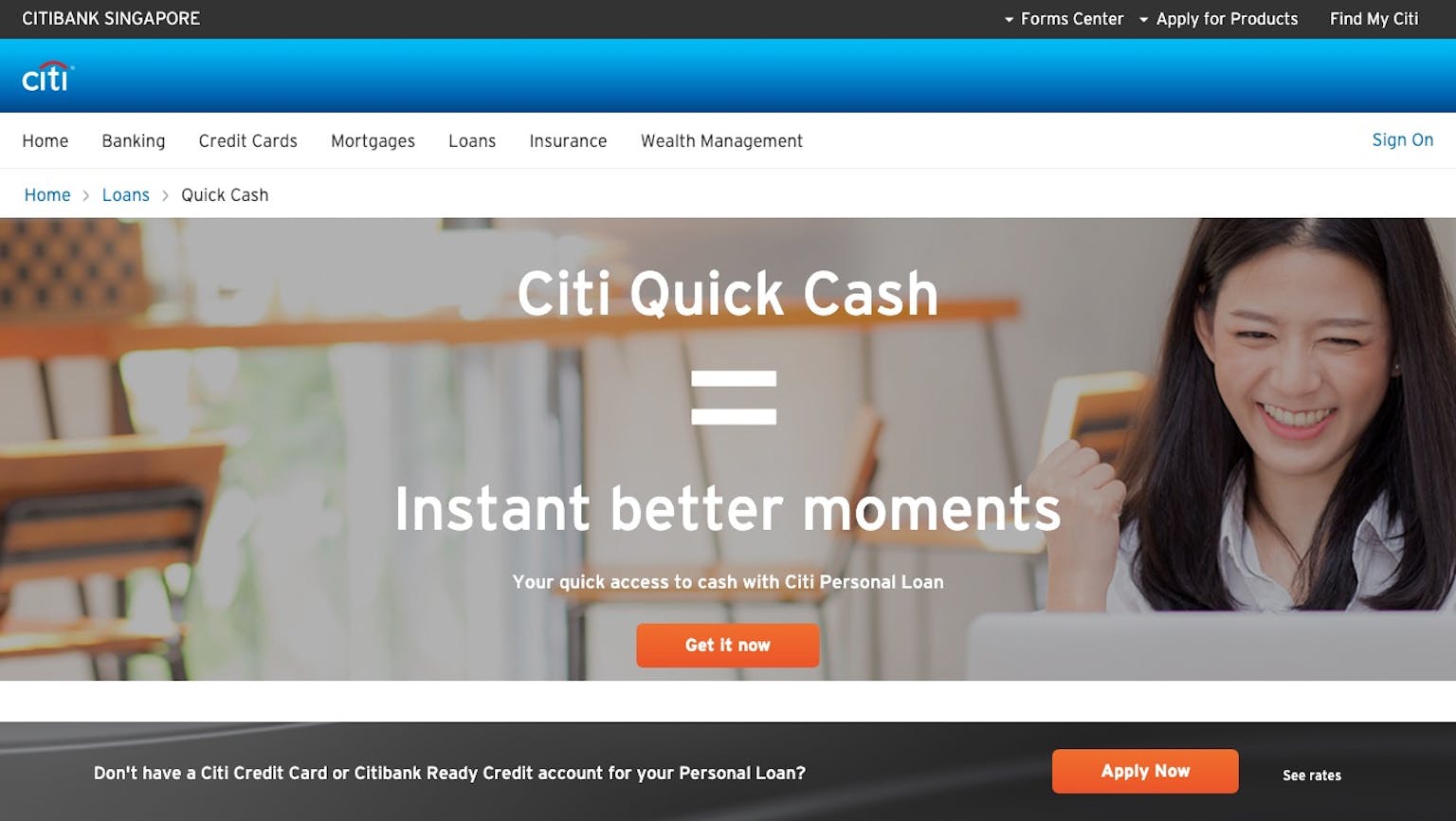
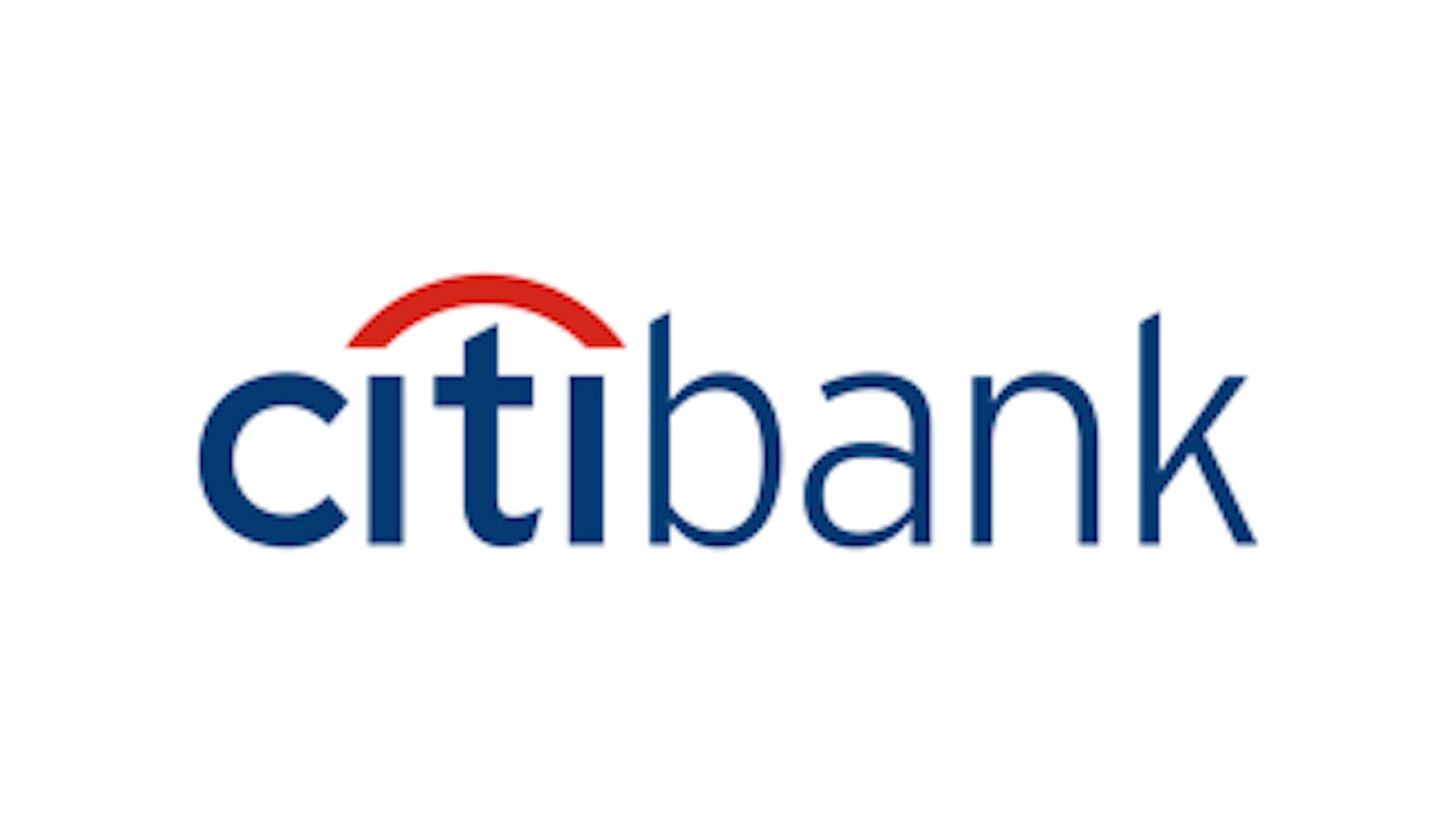
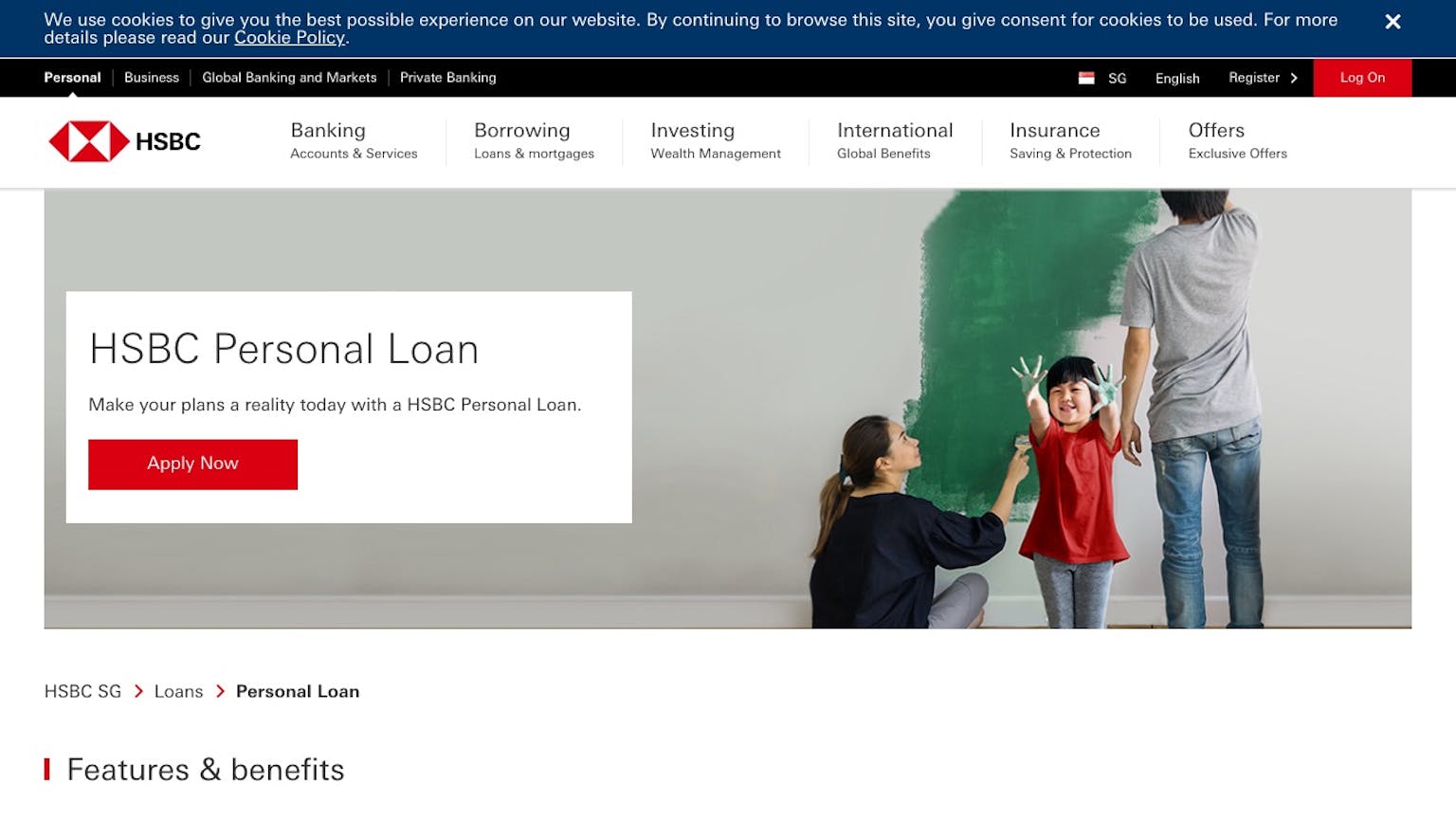
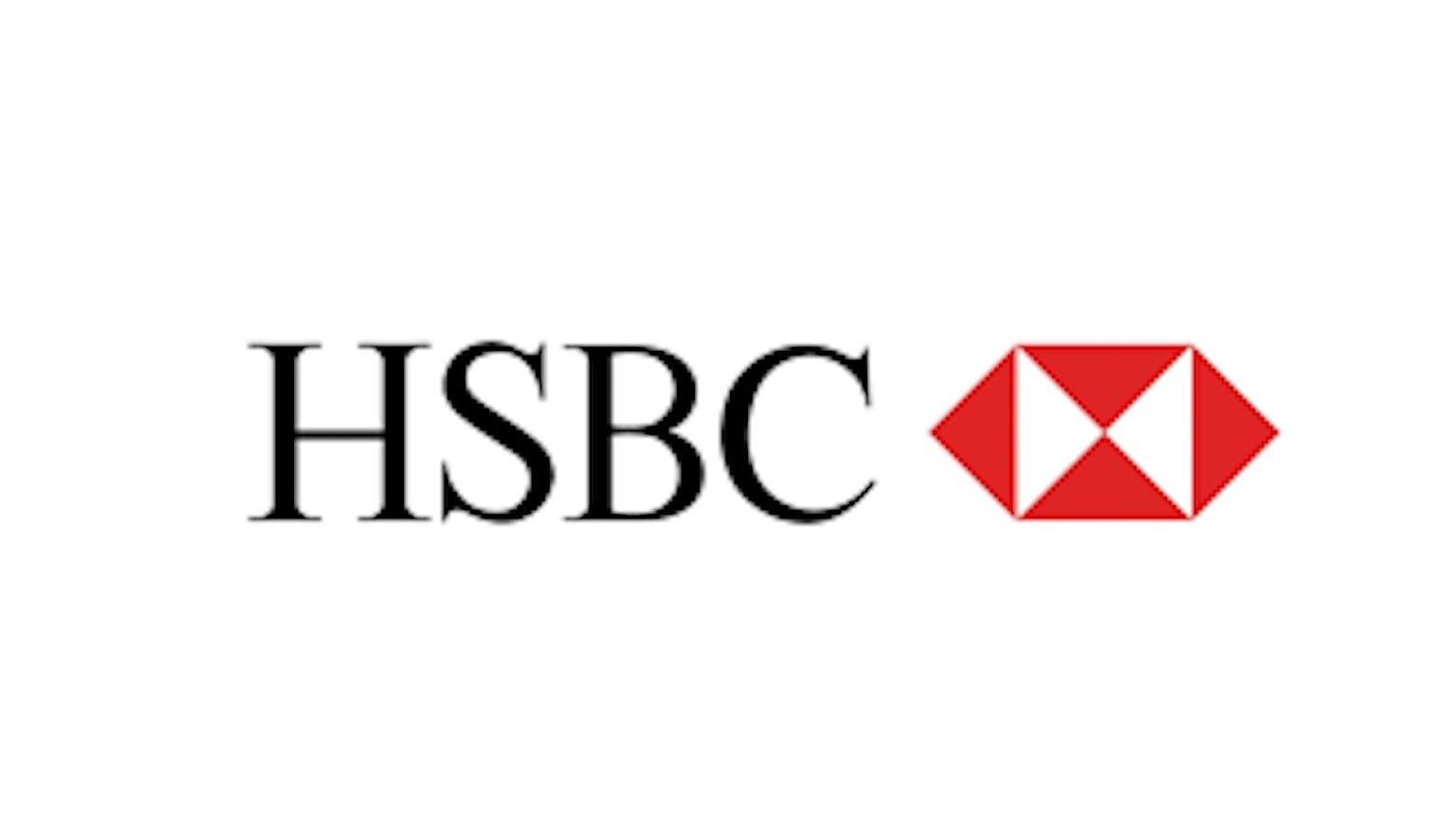

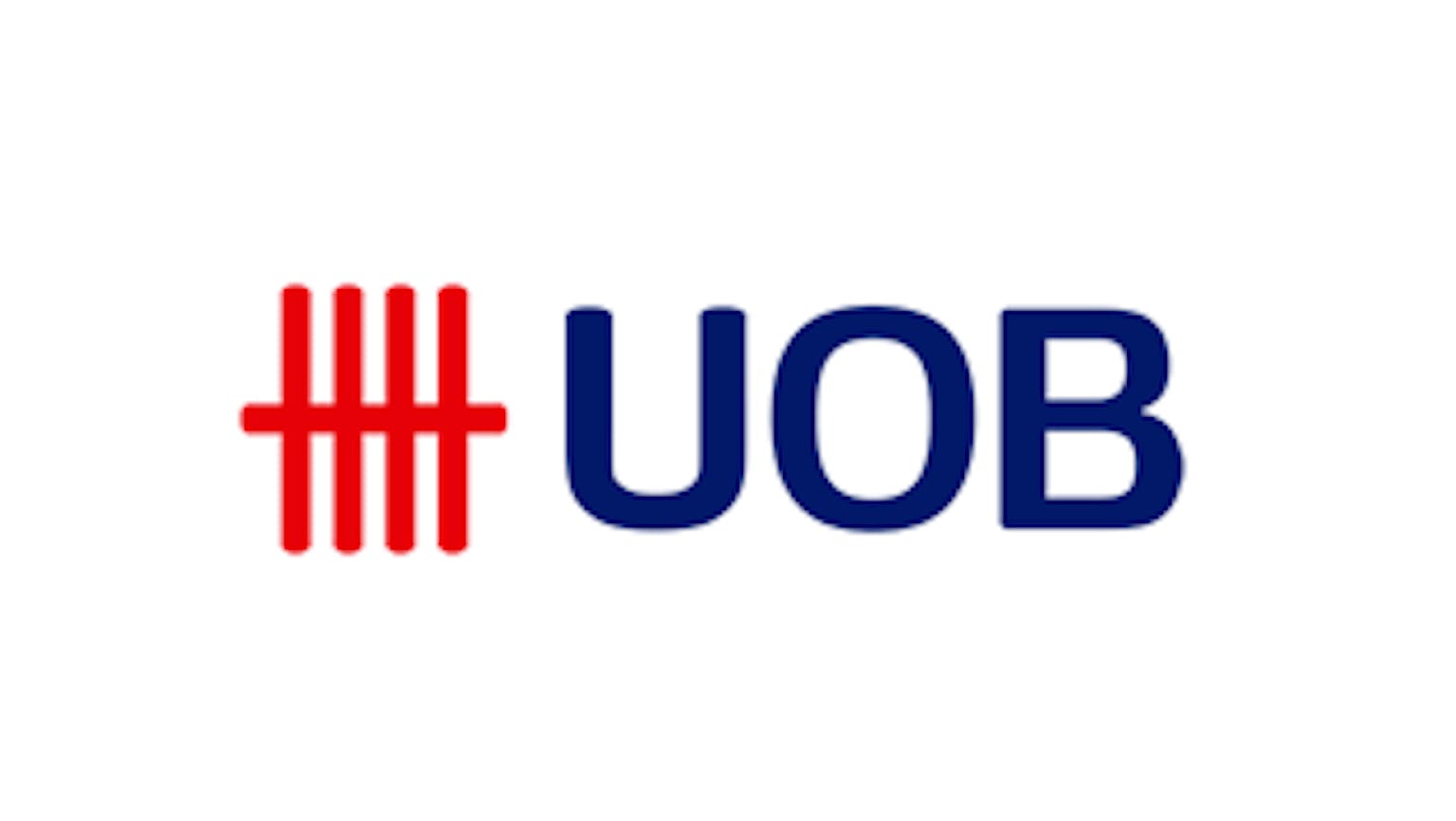
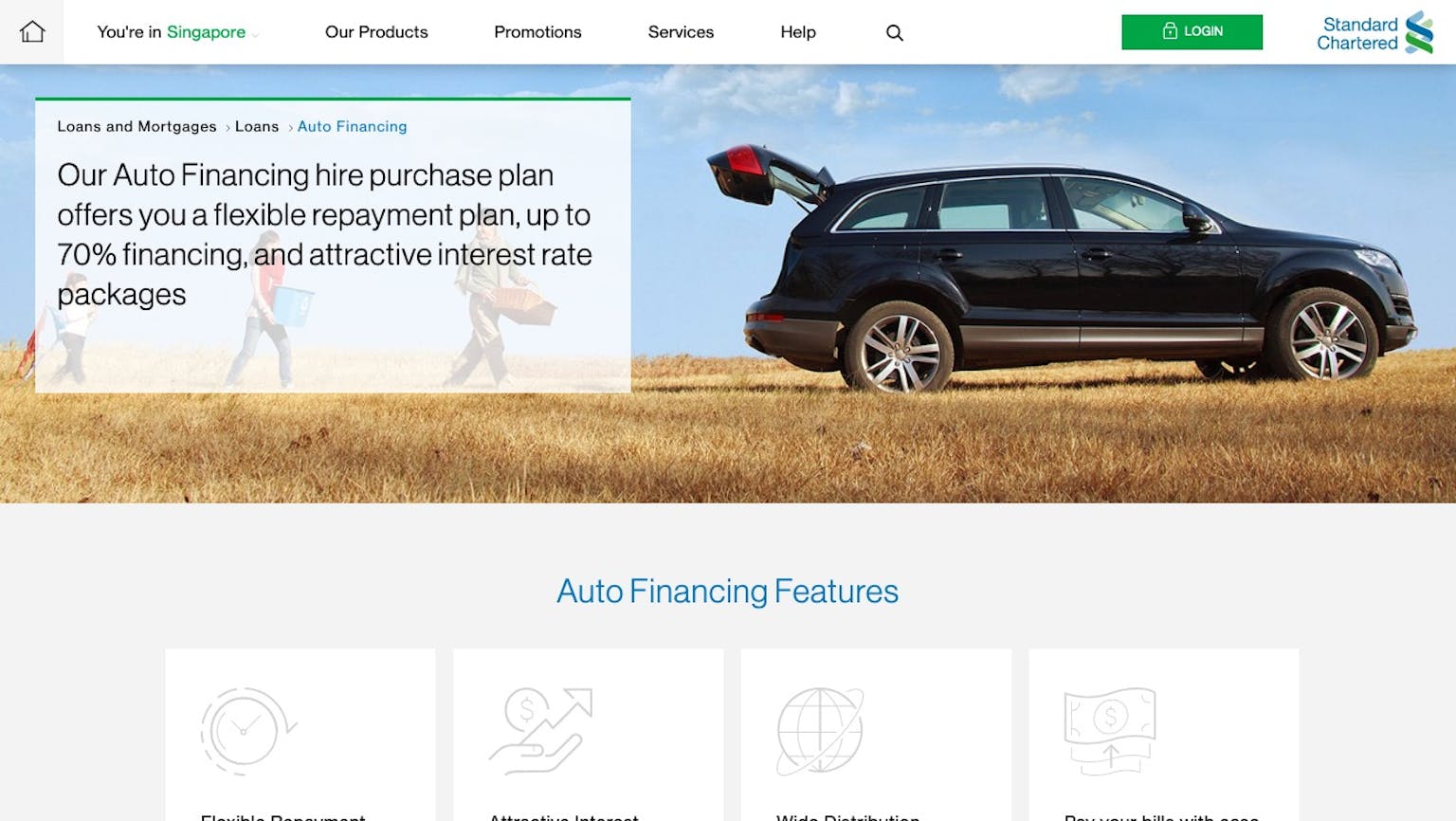
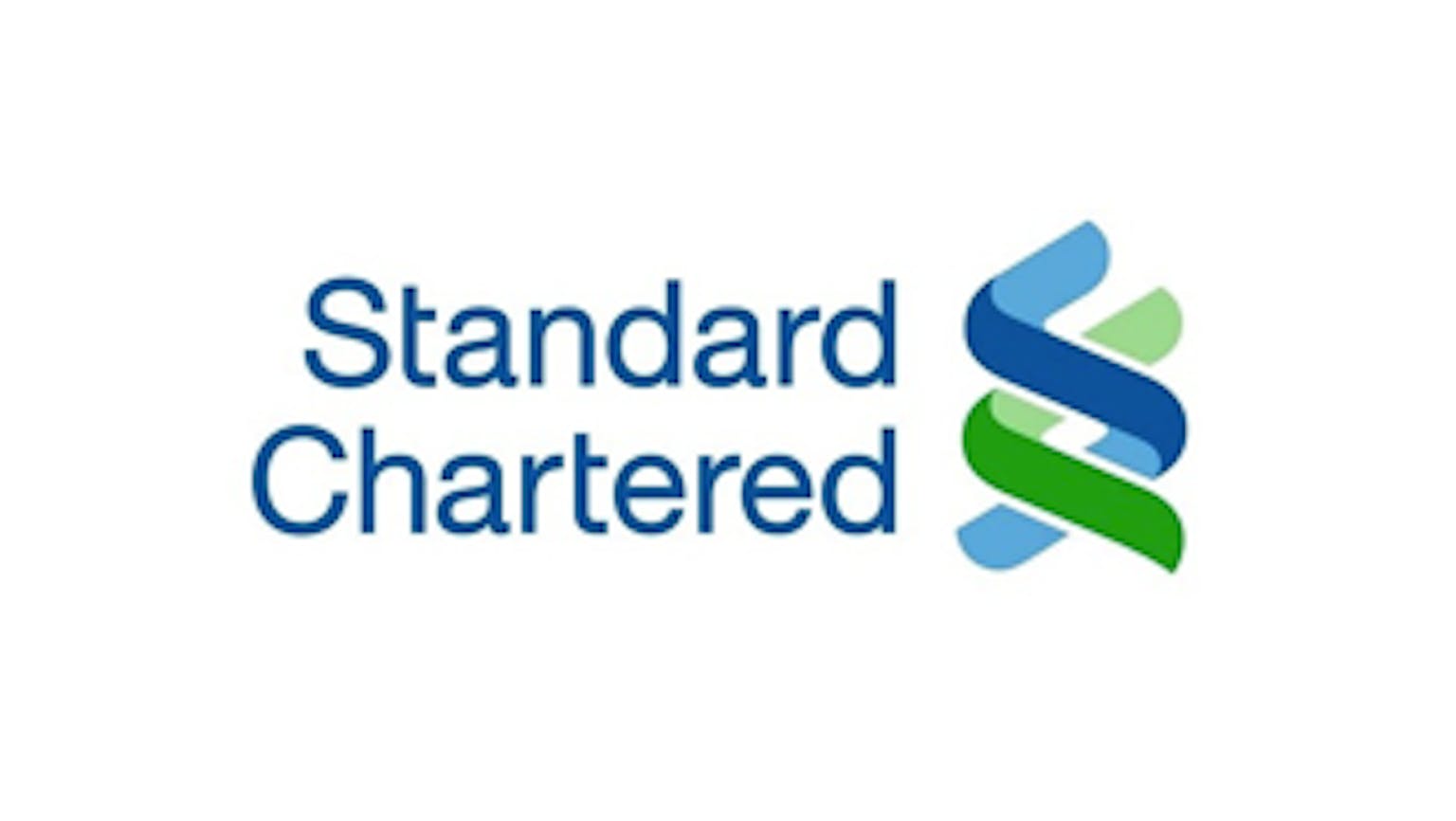
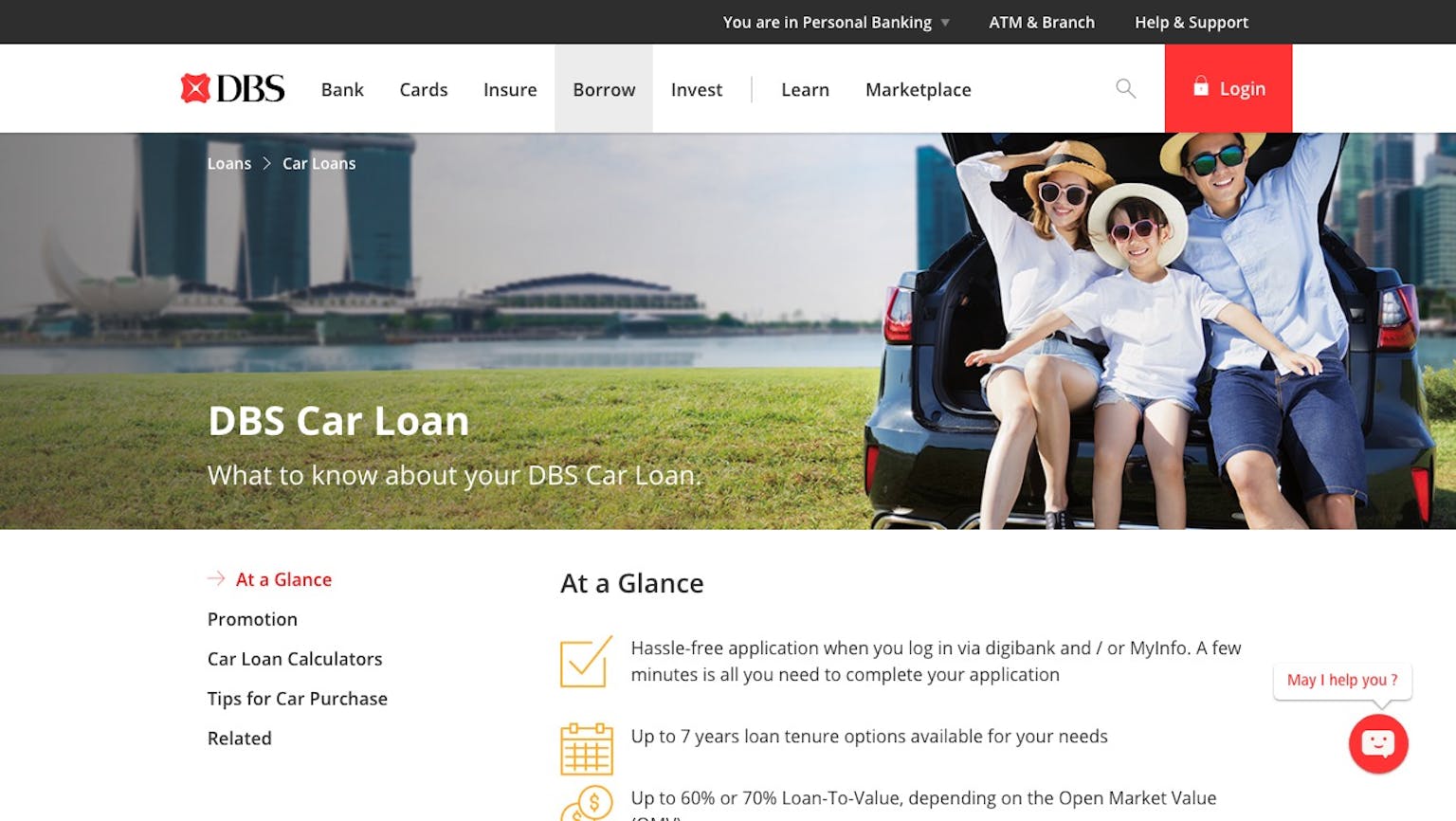
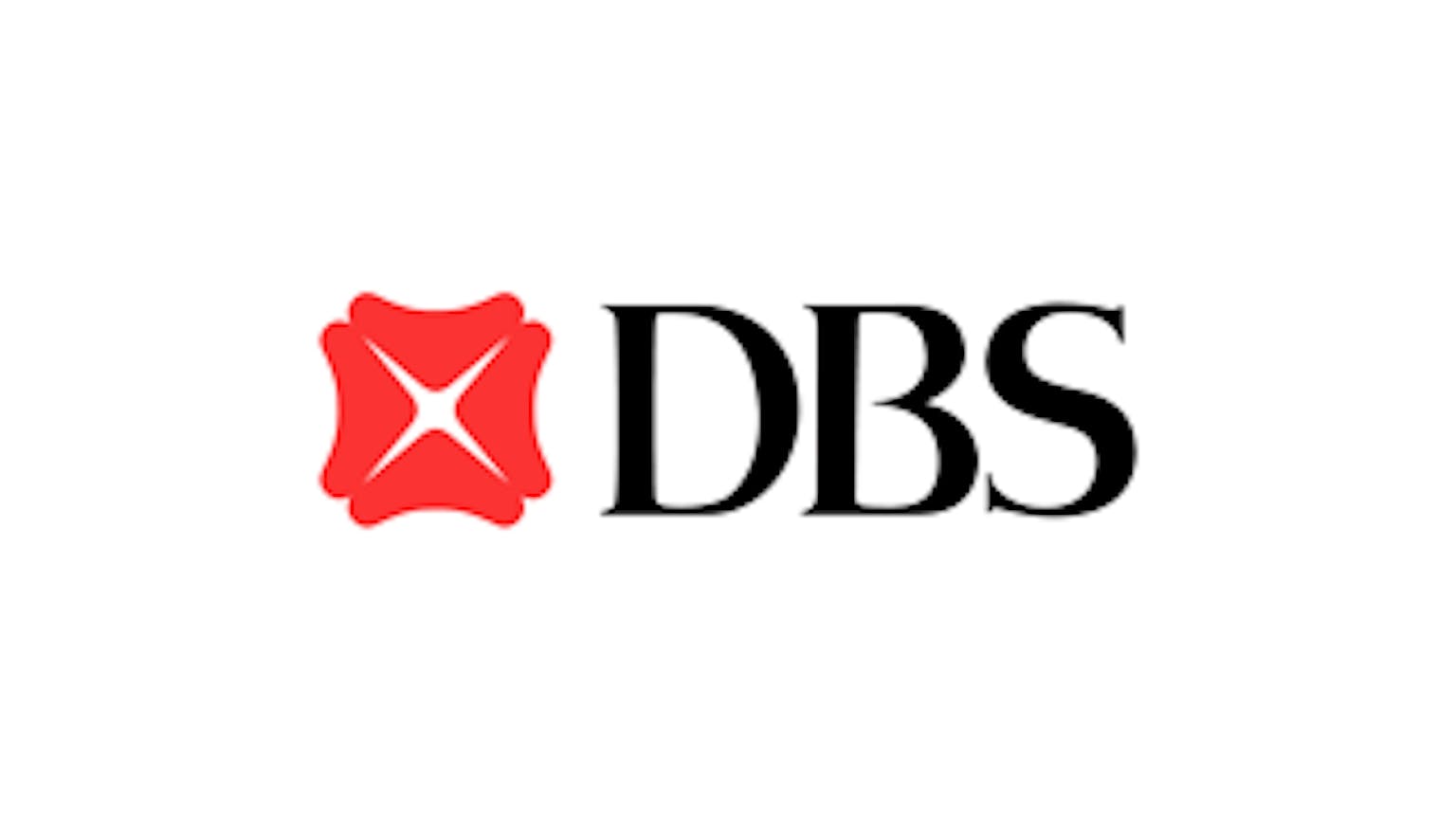
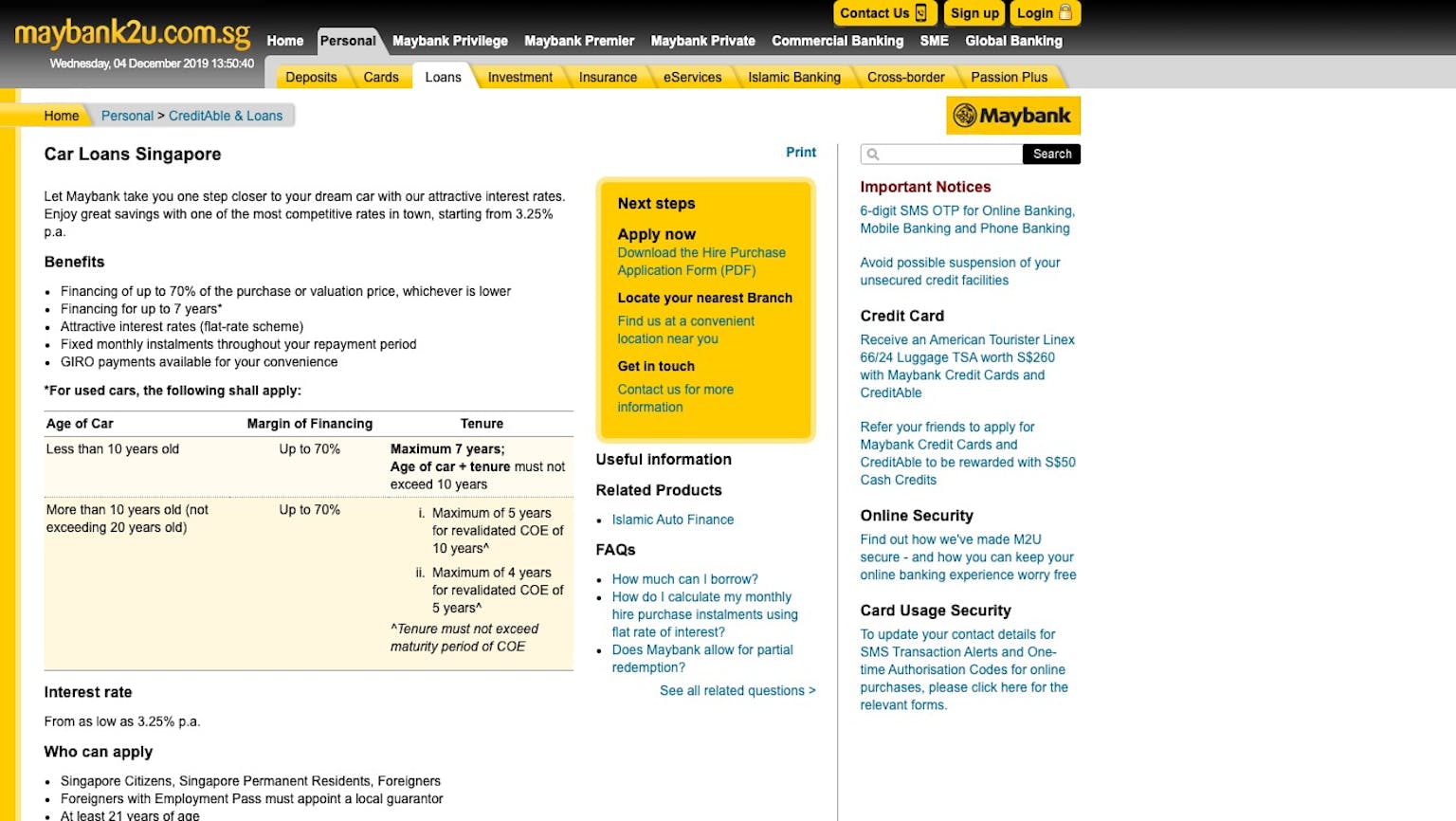


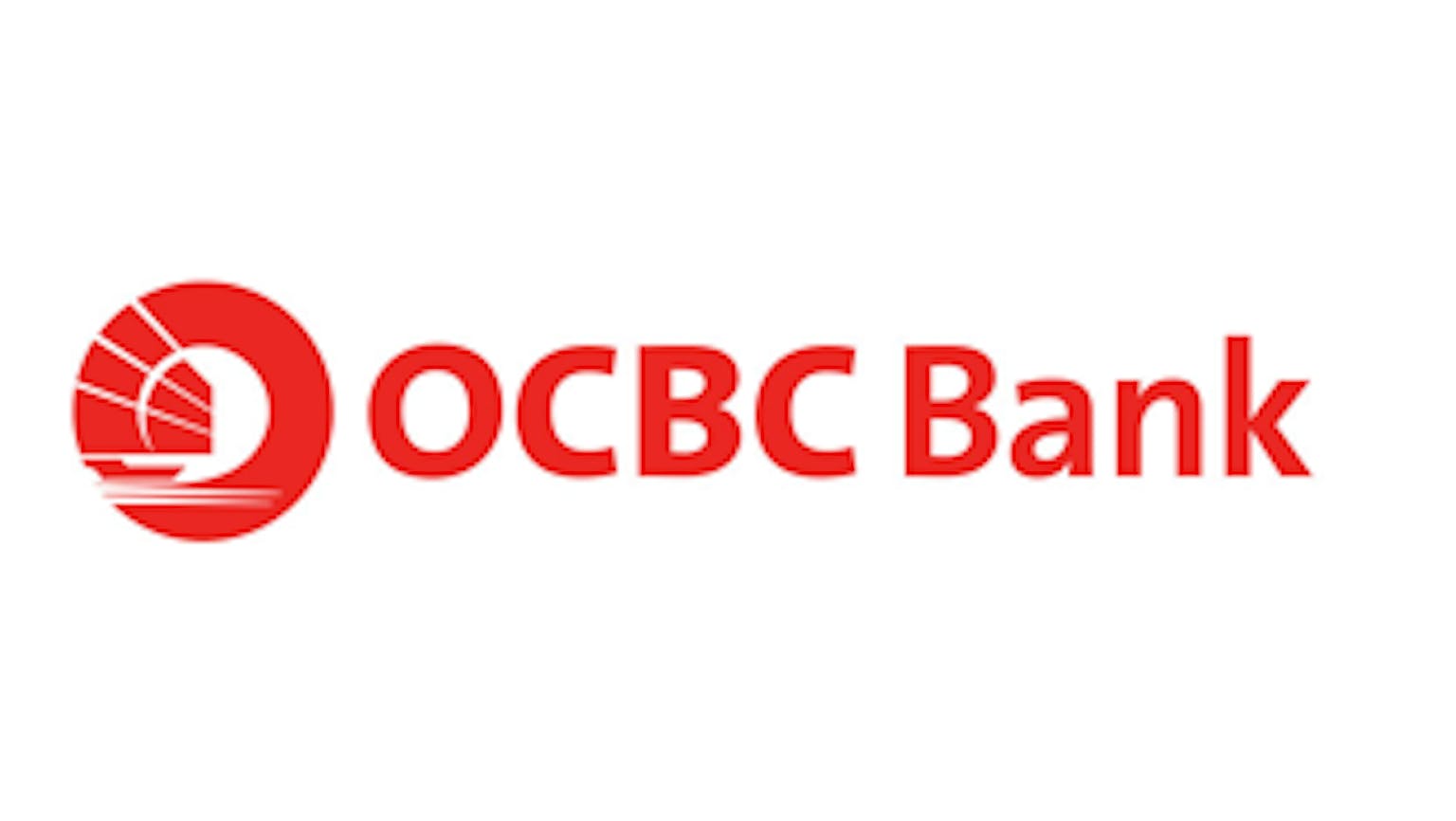
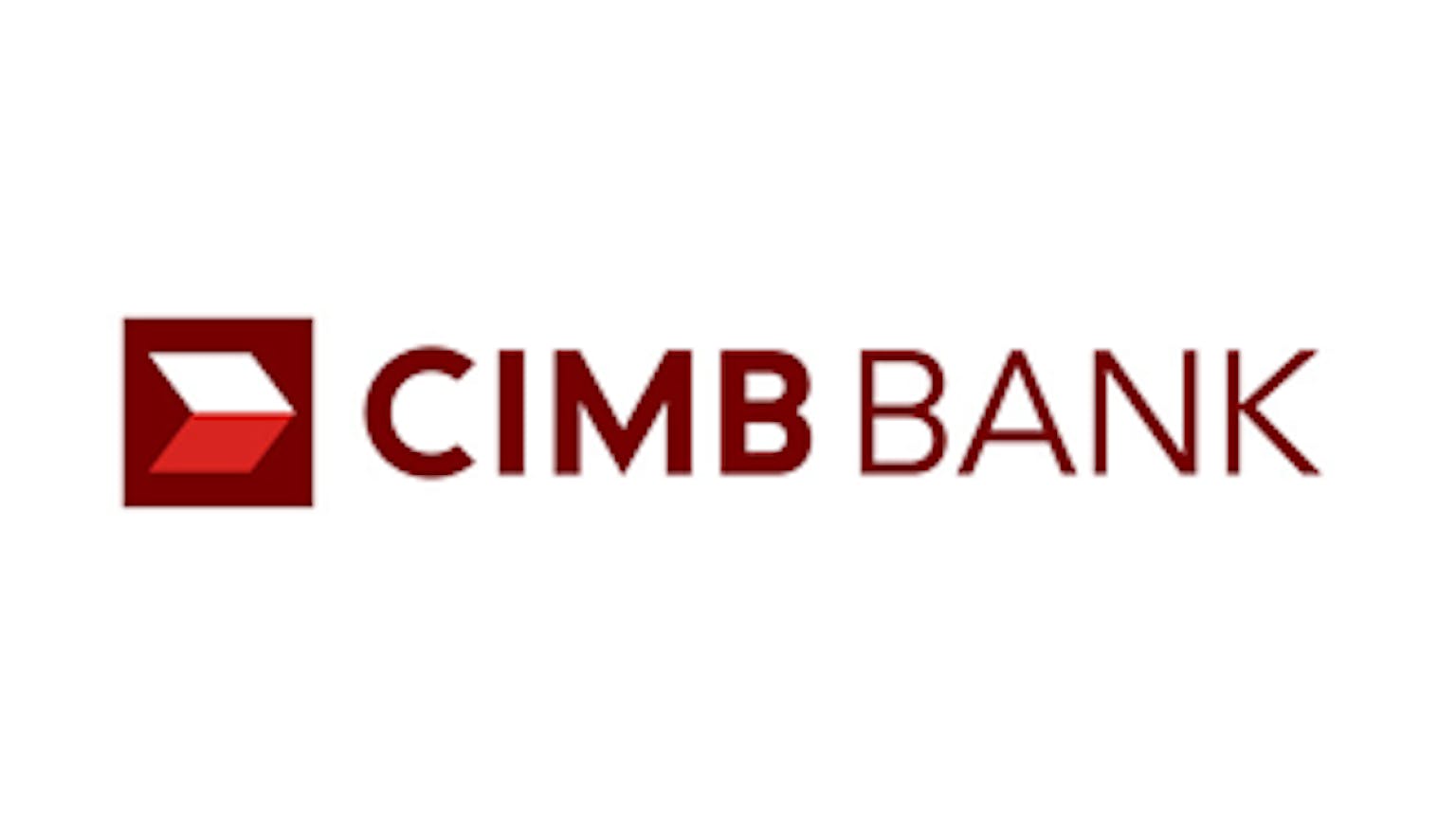

Please leave your knowledge and opinion!